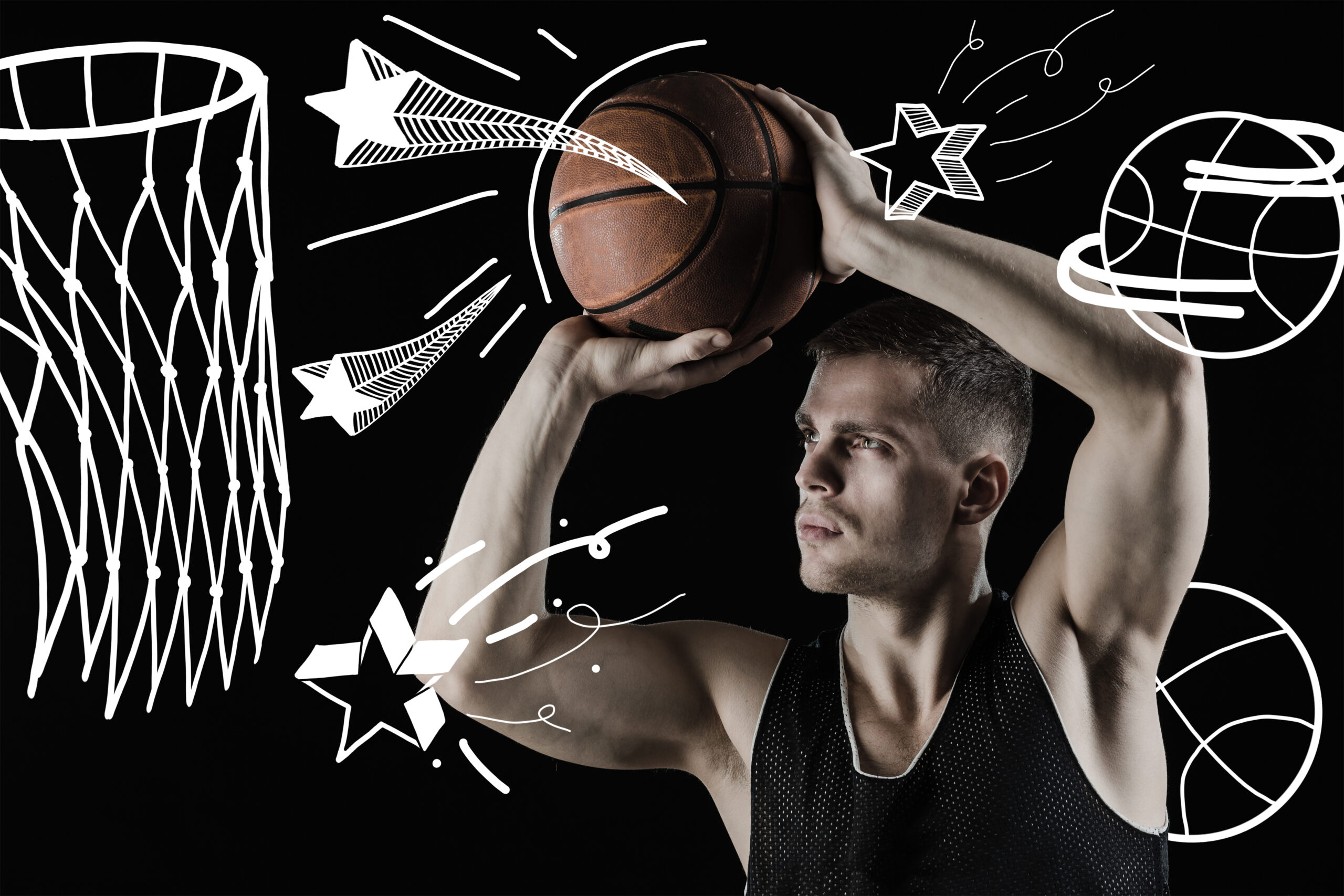drawing:cul23ybyzfm= basketball: A Step-by-Step Guide
Introduction
Drawing isn’t just about creating art; it’s about capturing moments, emotions, and passion. When it comes to sports, basketball is one of the most dynamic and visually exciting subjects you can draw. Whether you’re a seasoned artist or just getting started, learning to drawing:cul23ybyzfm= basketball scenes can be both fun and rewarding.
Understanding the Basics of Basketball Drawing
Before you dive into drawing, you’ll need the right tools. Basic materials like pencils, erasers, and sketchpads are essential. If you’re venturing into digital drawing, a tablet and stylus will be your best friends. The first step is deciding what part of basketball you want to draw—whether it’s the players, the court, or an action-packed moment.
Breaking Down the Basketball
A basketball might seem simple, but it has its intricacies. Start with a basic circle and add horizontal and vertical lines to create the characteristic pattern of the basketball. Adding texture, such as the small dimples on the surface, will bring your basketball to life.
Drawing a Basketball Player
When drawing a basketball player, understanding anatomy is crucial. Focus on getting the proportions right—long limbs, muscular build, and dynamic poses. To capture the motion, think about the movement in the game—jump shots, dribbles, and dunks are all great action poses to try.
The Basketball Court
Drawing a basketball court requires attention to detail. Start by sketching the layout, keeping perspective in mind. The lines on the court, hoops, and backboards add depth and realism to your drawing.
Shading and Texturing
Shading is what transforms a flat drawing into something that pops off the page. Pay attention to where the light source is in your scene. For the basketball, focus on adding shadows and highlights to emphasize its roundness and texture.
Drawing Action Shots
Action shots are where your drawings can really shine. Capturing movement, such as a player in mid-air, requires a good understanding of anatomy and motion. Focus on the flow of the body and limbs—these are the key elements that convey energy and excitement in your drawing.
Adding Details to the Drawing
Details like jerseys, team logos, and facial expressions add personality to your drawings. Make sure to capture the emotions of the players—whether it’s the intensity of a game-winning shot or the frustration of a missed opportunity.
Advanced Techniques
Once you’ve mastered the basics, try experimenting with different mediums. Pencils are great for detail, but charcoal can give your drawings a bold, dramatic look. If you’re into digital art, explore different brushes and textures to create unique effects.
Common Mistakes to Avoid
One common mistake is getting proportions wrong. A player with a tiny head or oversized hands will look off. Another pitfall is overworking your drawing—sometimes, less is more. Know when to stop and let your work speak for itself.
Tips for Beginners
If you’re just starting out, don’t get overwhelmed. Start with simple sketches and gradually work your way up to more complex scenes. Practice regularly, and don’t be afraid to make mistakes—each one is a learning opportunity.
Incorporating Backgrounds
Backgrounds can add depth and context to your drawing. Whether it’s a crowded stadium or a simple outdoor court, adding environmental details can enhance the overall impact of your artwork.
Final Touches
Before you consider your drawing finished, take some time to refine the details. Clean up any stray lines and make sure your shading is consistent. If you’re planning to display your work, consider framing it to protect and showcase your art.
Showcasing Your Art
In today’s digital age, sharing your art has never been easier. Social media platforms like Instagram are great places to showcase your work and connect with other artists. You can also participate in online contests and challenges to gain recognition and feedback.
Conclusion
Drawing basketball scenes is more than just an artistic endeavor—it’s a way to celebrate the sport and the moments that make it special. Keep practicing, stay creative, and most importantly, enjoy the process.
FAQs
1. How can I improve my basketball drawing skills?
Practice regularly, study basketball games, and pay attention to anatomy and motion in your drawings.
2. What tools are best for drawing basketball scenes?
Pencils, sketchpads, and erasers are essential. For digital art, a tablet and stylus are great tools.
3. How do I draw realistic basketball players in motion?
Focus on anatomy and movement. Study real-life action shots to capture the energy and flow of the game.
4. Can I create digital drawings of basketball?
Absolutely! Digital drawing offers a wide range of tools and effects that can enhance your basketball art.
5. Where can I showcase my basketball drawings?
Social media platforms like Instagram and art-focused communities like DeviantArt are great places to share your work.








Post Comment